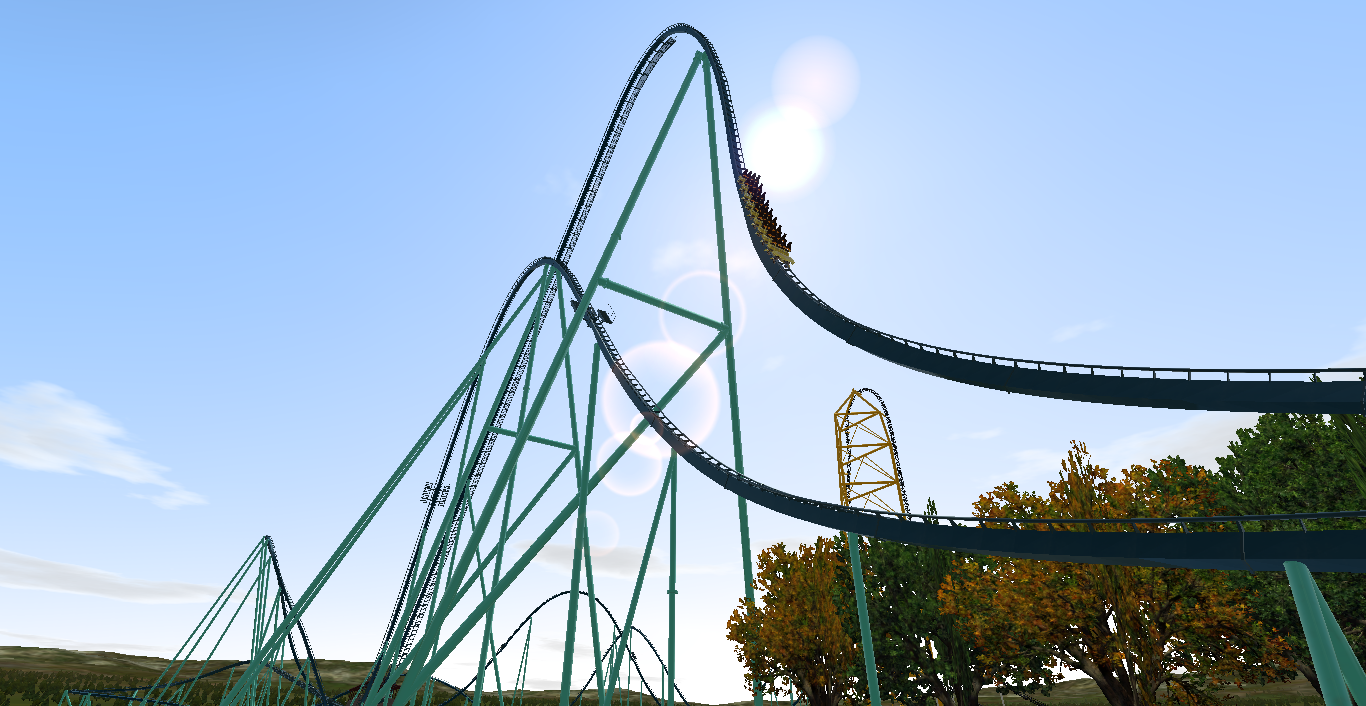

This aside, roller coasters were still built with varying success from location to location. The onset of the Great Depression in the 1930s, however, significantly impacted the amusement park industry and brought an end to the rapid growth experienced during the Golden Age. One of the most well-known from the period is the historical Cyclone that opened at Coney Island in 1927. Over the next decade, roller coasters spread to amusement parks around the world and began an era in the industry often referred to as the "Golden Age". Popularity, decline, and revival īy 1919, the first underfriction roller coaster had been developed by John Miller. "Scenic railways" were soon found in amusement parks across the county. Not to be outdone, in 1886 Thompson patented his design of roller coaster that included dark tunnels with painted scenery. In 1885, Phillip Hinkle introduced the first full-circuit coaster with a lift hill, the Gravity Pleasure Road, which became the most popular attraction at Coney Island. This track design was soon replaced with an oval complete circuit.


Passengers climbed to the top of a platform and rode a bench-like car down the 600-foot (183 m) track up to the top of another tower where the vehicle was switched to a return track and the passengers took the return trip. Using this idea as a basis, LaMarcus Adna Thompson began work on a gravity Switchback Railway that opened at Coney Island in Brooklyn, New York, in 1884. Railway companies used similar tracks to provide amusement on days when ridership was low. By the 1850s, the "Gravity Road" (as it became known) was selling rides to thrill seekers. In 1827, a mining company in Summit Hill, Pennsylvania constructed the Mauch Chunk Switchback Railway, a downhill gravity railroad used to deliver coal to Mauch Chunk, Pennsylvania – now known as Jim Thorpe. In 1887, Spanish entrepreneur Joseph Oller, co-founder of the Moulin Rouge music hall, constructed the Montagnes Russes de Belleville, "Russian Mountains of Belleville" with 656 feet (200 m) of track laid out in a double-eight, later enlarged to four figure-eight-shaped loops. However, during the Belle Epoque they returned to fashion. It spawned half a dozen imitators, but their popularity soon declined. It featured wheeled cars securely locked to the track, guide rails to keep them on course, and higher speeds. The first modern roller coaster, the Promenades Aériennes, opened in Parc Beaujon in Paris on July 8, 1817. Roller Coaster: Wooden and Steel Coasters, Twisters and Corkscrews. Later, in 1784, Catherine the Great is said to have constructed a sledding hill in the gardens of her palace at Oranienbaum in St. Built in the 17th century, the slides were built to a height of between 21 and 24 m (70 and 80 feet), had a 50-degree drop, and were reinforced by wooden supports. The oldest roller coasters are believed to have originated from the so-called " Russian Mountains", specially constructed hills of ice located in the area that is now Saint Petersburg, Russia.


 0 kommentar(er)
0 kommentar(er)
